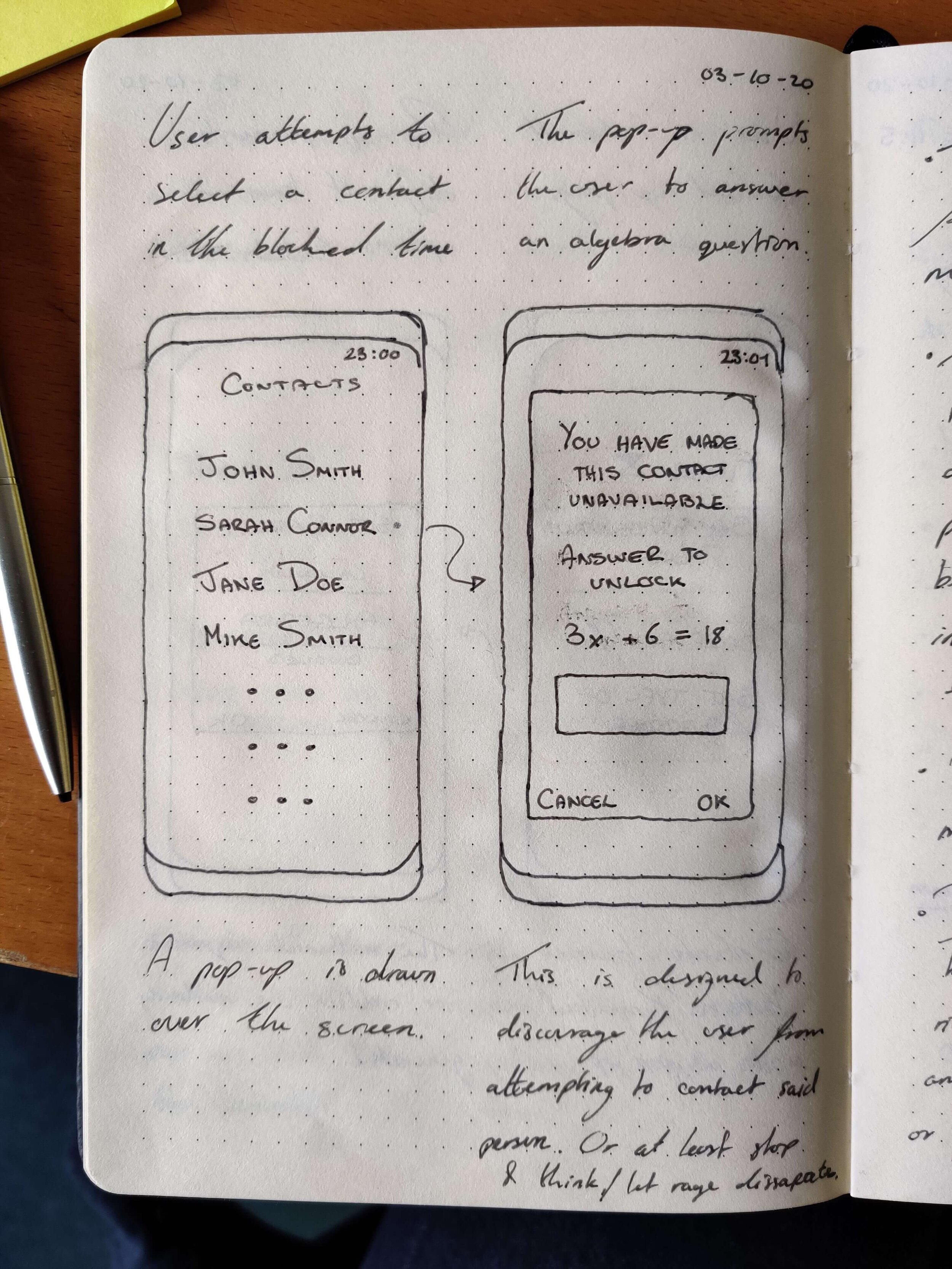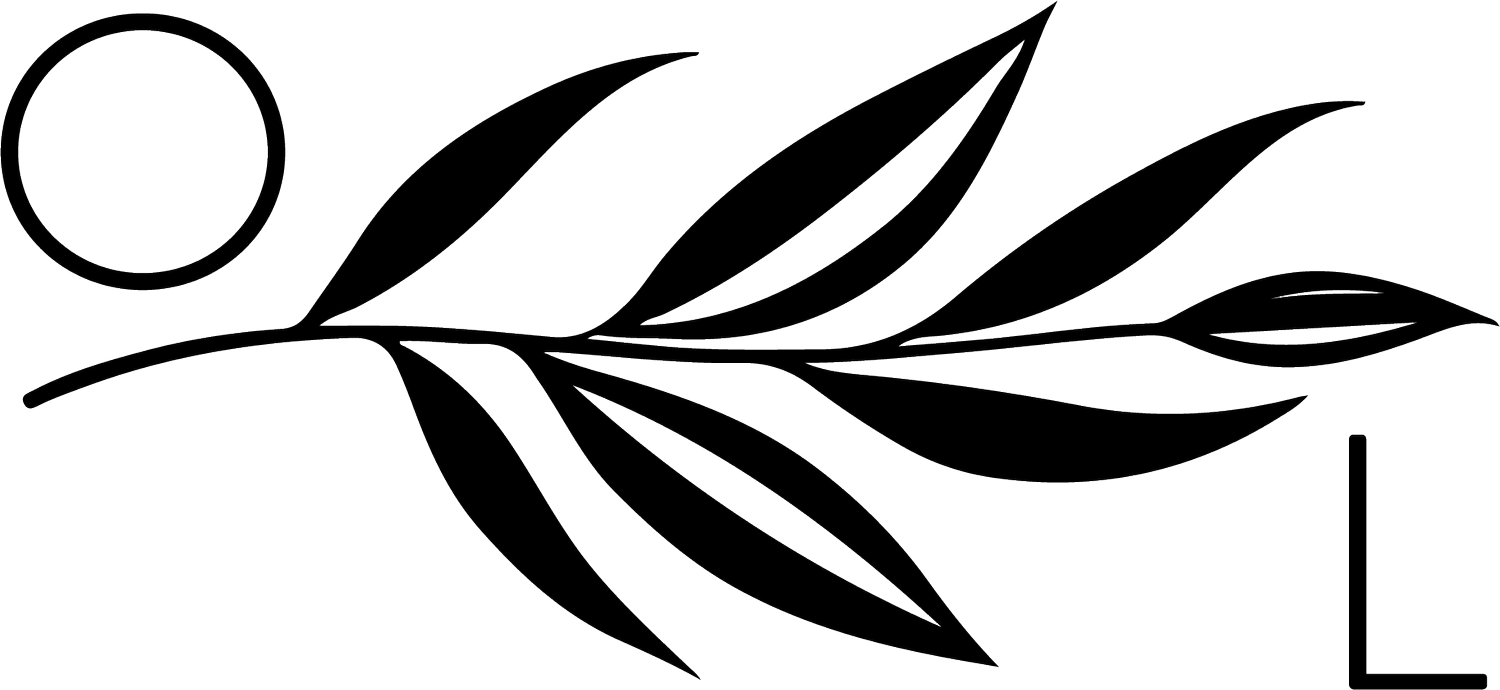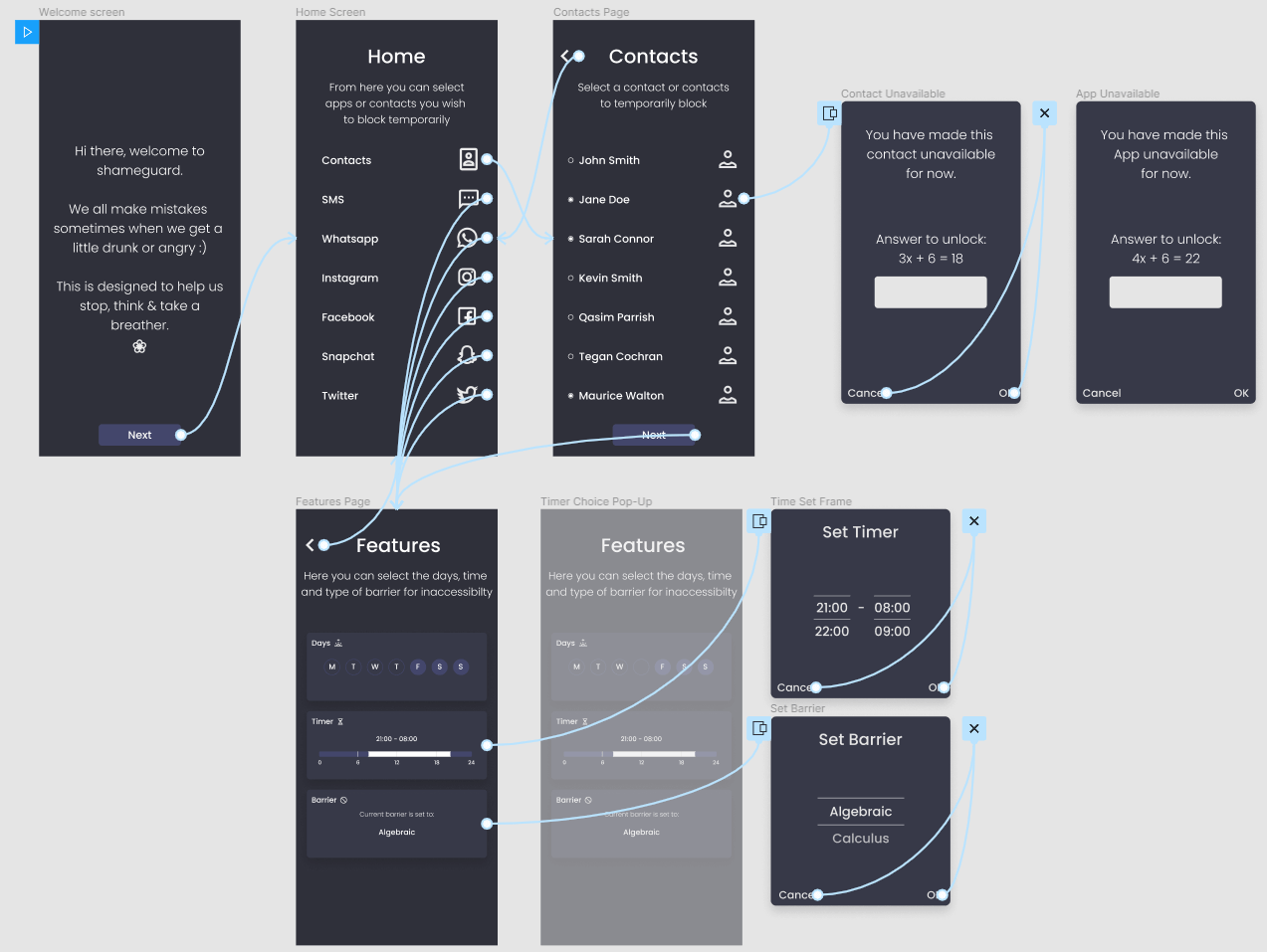ShameGuard
“Here to help”
My goal was to create a concept system that helped prevent the fallout generated that an angry text or drunk voice call at the wrong moment creates.

Origin
For this project I wanted to explore a new area of design, specifically UX, focusing on designing wireframes both on paper and digitally with Figma. The idea for this project came from a discussion with some friends about the ramifications of intoxicated or angry phone calls, texts, tweets etc. and how if there was something similar to an “are you sure you want to do this?” button that would just make you stop and think for a second it might just spare you a whole load of embarrassment later.
Why are people susceptible to this?
Research indicates, flashes of anger or alcohol consumption can cause over excessive reactions, to emotions or thoughts that one in normal situations would keep under control. This may lead to actions that one might later regret.
Ferris, A. L., & Hollenbaugh, E. E. (2011). Drinking and dialing: An exploratory study of why college students make cell phone calls intoxicated. Ohio Communication Journal, 49, 103-126.
We all make these mistakes sometimes, we send a text message, twit a tweet, an awkward phone call that we regret only moments later when the fog of anger or the cloudy haze intoxication dissipates. We’ve all done it. This concept project was my attempt at creating a potential solution, with a clean and minimal interface that inspires calm and confidence in the user.
Potential User Market
The app is designed to be used by any age range but from research and focus group discussions I had with potential users it seems that the best potential user market is people in their early to mid 20s, an age range where alcohol is consumed at excessive amounts regularly in social situations, this opens up the potential for all these embarrassing messages and calls to happen, ranging from bravado to anger. Those that I spoke to and showed the potential design enthusiastically agreed that if they’d had this app it may have spared them an awkward moment or two.
Ferris, A. L., & Hollenbaugh, E. E. (2011). Drinking and dialing: An exploratory study of why college students make cell phone calls intoxicated. Ohio Communication Journal, 49, 103-126.
Wireframing & Concept Design.
The final layout of the design was chosen, it was sketched out on a wireframe, to easily visualize the flow between screens and how the overlays would be presented to the user.
The final prototype was then built in Figma ready to be user tested.






I wanted to experiment with a clean and minimal design, that stripped the aesthetic down to it’s bare bones, by reducing the colour scheme of the UI to one major colour and one minor one, it doesn’t overload the user with visual information, instead acting as a calming backdrop. With a few simple screens that appear as you navigate the app, I tried to make it as simple as possible to set it’s features up as quickly as possible.
I decided to design several different types of “barriers” ranging from riddles to puzzles where you had to move pieces across the screen. But those proved either too easy to solve or to be too much information on the screen at one time. So I eventually settled either algebraic or calculus questions that formed the basis of the pop up barrier.
These showed to be the most effective and were “clean” enough to not overload the UI of the app.
Final Concept.
For easy reading, a modern international serif typeface was used, and to give the user a sense of calm a cool deep navy grey colour scheme was chosen. The final design shows the full functionality of Shameguard and its user-friendly interface.





